Understanding the mechanics behind everyday utilities can be a fascinating endeavor. Pipe Wye fittings may not be common knowledge for most, but they play a central role in efficiently managing the flow of liquids or gases within systems. Imagine a network of pipelines, elaborately structured to streamline the flow – this is where the humble Wye fitting comes into play. Shaped like the letter ‘Y’, it helps split or combine flow efficiently. From the simple taps in your home to vast industrial sewage systems, Pipe Wye Fittings are crucial components with a rich variety warranting our attention.
When it comes to plumbing and pipework, finding the right fittings is essential to ensure a smooth and efficient flow of fluids. One of the most commonly used fittings in plumbing systems is the Wye fitting. This simple yet versatile component plays a crucial role in directing and distributing fluid flow. In this article, we will delve into the world of Wye fittings, exploring their design, applications, advantages, and tips for proper installation.
Basics of Pipe Wye Fittings
What are Wye Fittings?
Pipe wye fittings are crucial components in different plumbing and piping systems. These specialized fittings are shaped like the English letter ‘Y’, hence the moniker ‘wye’ fitting. This Y-shaped design allows for fluid to be split into two separate paths or merged from two paths into one. These fittings allow for more complex plumbing and piping configurations without sacrificing efficiency.
These fittings come in an array of dimensions and are made from various materials depending on their intended use. Common materials used include PVC, CPVC, or ABS plastic for sewage lines and drainage systems, or they can be comprised of copper, brass, cast iron, or stainless steel for heating and cooling systems. The type and size of a wye fitting for a specific piping or plumbing project depend on factors such as operating temperature, pressure, media type, budget, and dimension compatibility with the attached pipes.
The Functionality of Pipe Wye Fittings
Pipe wye fittings primarily serve two functions. In the first case, they are employed to combine the flow of two separate pipes. This is typically evident in households where the toilet and the sink might share a common pipe which then routes into the main sewer line. The wye fitting merges the flow from the two pipes into one main pipe.
Conversely, wye fittings play a crucial role in systems designed to split flows. In such cases, the single pipe carrying the fluid connects to the straight section of the ‘Y’, while the two split paths extend from the bifurcated end. This is common in irrigation systems, where the main line’s water is split into two separate irrigation lines.
Why ‘Wye’ and Not ‘Y’ Fittings
Despite the fitting’s Y-like structure, it is referred to as a ‘wye’ fitting and not a ‘Y’ fitting in the plumbing sector. This peculiar nomenclature can be attributed to how sounds in English phonetics are perceived. The English letter ‘Y’ is often articulated and heard as ‘why.’ However, to avoid confusion, especially over telecommunication devices where visual cues are missing, the term ‘wye’ is used. This ensures clear and efficient communication between plumbing professionals.
The Unique Features of Pipe Wye Fittings
At first glance, pipe wye fittings can appear quite similar to tee fittings. The key difference, however, lies in their fluid management capabilities. The wye fittings are designed with a unique, angled diverting branch, a feature that significantly decreases friction and turbulence. This means that fluids are able to sustain a more consistent speed, experiencing less interruptions, thus establishing wye fittings as the go-to choice for facilitating a smoother, quicker fluid flow within a plumbing system.
Due to their exceptional adaptability and versatility, coupled with their crucial role in directing the fluid flow within a system, pipe wye fittings have become an integral component in the realm of plumbing. You can find them utilized in a wide range of applications, from home plumbing systems and industrial pipe networks to complex wastewater management systems.
Different Types of Pipe Wye Fittings
Types of Pipe Wye Fittings Based on Material
Pipe wye fittings are available in a variety of different materials, each with its own advantages and drawbacks, making them suitable for various scenarios.
For instance, stainless steel is highly durable and exceptionally resistant to corrosion. This makes it the preferred material for many applications, especially those set in harsh environments where corrosive elements are prevalent. Moreover, due to its inherent strength, it can effortlessly withstand high pressure and temperature.
In contrast, brass fittings offer excellent heat and corrosion resistance. However, they are better suited for situations dealing with moderate pressure.
Furthermore, PVC and CPVC fittings are budget-friendly and straightforward to use. They are usually employed in circumstances where metal could potentially corrode. Although these fittings do not match up to the robustness of metal, they are effective in many settings.
Size-Based Differentiation of Pipe Wye Fittings
Wye fittings come in a range of sizes to cater for different plumbing configurations. They commonly fall into standard nominal pipe sizes (NPS). The dimensions of a wye fitting vary, with the common sizes ranging from 1/8″ to 48″. The size is vital in considering the flow rate of the fluid or gas through the pipe.
Differentiation Based on Angles
The orientation and angle of the branches in wye fittings differ depending on their intended use. The standard wye fitting forms a Y shape, where two pipe ends come together at a 45° angle. This shape reduces turbulence when joining the pipes.
Swept wye fittings, on the other hand, come with a gradual angle, which allows a smoother flow of the liquid or gas. In some cases, they are suitable for low-pressure or gravity flow situations.
Specialized Types of Pipe Wye Fittings
Some types of wye fittings serve specific purposes. For instance, reducing wye fittings have one end smaller than the other two to connect pipes of different sizes. This is handy where the size of the pipe system changes.
Another specialized type is the sanitary wye that is used in drain applications to allow for the proper flow of waste and to prevent backflow. This fitting comes with an angle to promote correct waste flow.
Furthermore, a double wye fitting has two Y-shaped outlets in one fitting. This is useful in creating complex pipe networks where two separate pipes need to be merged into existing pipelines.
The market hosts a diverse selection of pipe wye fittings, all designed with the aim to fulfill a variety of pipe connection needs spanning numerous applications.
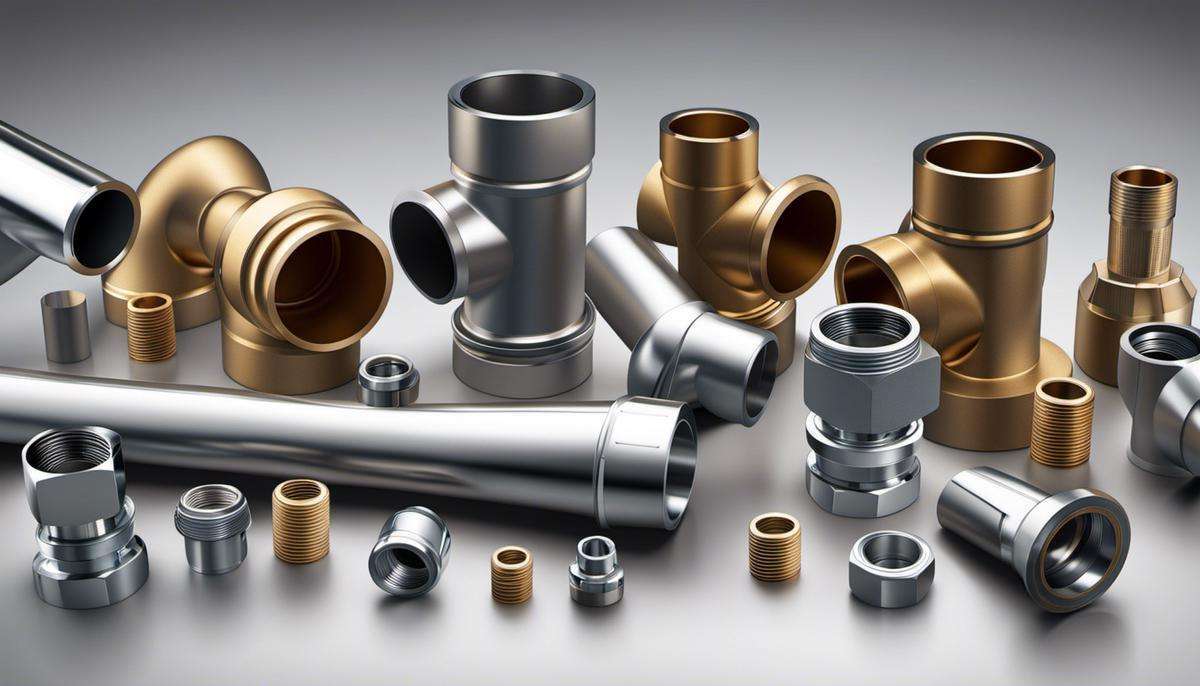
Usage and Applications of Pipe Wye Fittings
Significance of Pipe Wye Fittings in Plumbing
In the plumbing industry, pipe wye fittings hold paramount importance. They enable easy flow of liquid or gas through pipe systems that incorporate more than two lines. They are employed to either merge or branch out the flow of material within the pipe system. The “Y” shape configuration of a wye fitting assures a gentler, less turbulent flow, thus reducing the risk of damage by high fluid pressure. A common example of their use is when plumbers need to connect a vertical drainpipe with a horizontal one. Wye fittings are invaluable in creating complex plumbing configurations, especially in residential and commercial buildings. They enable connections for sinks, bathtubs, showers, and appliances to the main water supply lines.
Pipe Wye Fittings in Wastewater Management
In wastewater management, Pipe wye fittings play a significant role in the maintenance of septic systems. They are frequently employed to join lateral pipes to the main septic system lines. This is especially useful when there is a need for separate drain lines from different areas of a building or property such as lavatories, kitchens, and other places that generate wastewater. The use of wye fittings allows for the efficient separation of waste materials into different lines and a more organized flow toward the treatment or disposal facility.
HVAC Systems
In heating, ventilation, and air conditioning (HVAC) systems, Wye fittings are used to split airflow, directing it to different areas within a building, providing efficient temperature control.
Industrial Pipelines
Wye fittings find applications in various industrial sectors, including manufacturing, chemical processing, and mining, where the efficient distribution of fluids is crucial.
Benefits of Using Pipe Wye Fittings
Pipe wye fittings come with several advantages that make them an excellent choice for different applications. First, they enable easy installation and replacement. Their Y-shaped configuration allows piping systems to run more effectively, enabling seamless interconnection of multiple lines without causing any significant pressure loss or leaks. Second, they are highly customizable and available in different sizes, angles, and materials, offering flexibility for various applications. Lastly, wye fittings are very durable. They are designed to resist high pressures and temperatures, ensuring the longevity and reliability of the piping systems they are installed in. The main advantages of wye fitting can be summarized as follows:
- Efficient Flow Distribution: Wye fittings ensure equal distribution of fluid flow into two separate branches, maintaining a balanced system and preventing pressure imbalances.
- Space-Saving: The Y-shaped design of Wye fittings allows for more compact installations, making them ideal for tight spaces and areas with limited accessibility.
- Versatility: Wye fittings are available in various sizes and materials, making them compatible with a wide range of pipe dimensions and suitable for diverse applications.
- Cost-Effective: These fittings are relatively affordable compared to more complex piping solutions, making them a cost-effective option for plumbing and fluid distribution systems.
Practical Examples of Pipe Wye Fittings Usage
A common practical example of a pipe wye fitting use is its installation in residential plumbing systems to connect bathroom sink drains to the central sewer line. It also finds utility in the HVAC sector for branching ducts and vents. Another example would be its application in industrial processing plants where it’s used to connect different production lines. In wastewater management, the fittings can be found in larger municipal sewer systems, ensuring efficient and effective waste removal.
An Introduction to Pipe Wye Fittings
In the wide realm of plumbing and wastewater management systems, pipe wye fittings play a crucial role. These components are pivotal in connecting multiple lines smoothly, while also ensuring pressure loss is minimized. Their versatility allows them to adapt to specific environmental and processing conditions, making them an integral part of an efficient piping system.
Installation and Maintenance of Pipe Wye Fittings
Techniques for Pipe Wye Fittings Installation
Installing pipe wye fittings, or wye joints as they are sometimes referred to, is a careful procedure integral to plumbing systems. Wye joints play a key role in either combining or dividing the flow of water within the pipe system. This functionality is vital in numerous piping operations where diverging lines are required.
Prior to installation, it’s important to match the materials of the pipe and fitting to avoid undesirable chemical reactions. PVC cement, for example, is typically used for securing plastic pipe fittings. On the other hand, for metal pipes, thread sealant, and threading the pipe usually does a good job of securing the wye fitting.
The installation process for the pipe wye fitting begins with a thorough cleaning of the pipe ends that will be connected to the fitting. The appropriate adhesive or thread sealant is then applied before inserting the pipe into the wye fitting. This procedure is repeated for all three ends of the wye fitting. Once assembly is complete, it’s essential to let the adhesive dry or the sealant properly seal before initiating the flow of any liquid.
Maintenance of Pipe Wye Fittings
Maintenance of pipe wye fittings is necessary to ensure their longevity and effective operation. Regular check-ups on the fitting can enable early detection of leaks or other issues before they become serious.
For plastic fittings, using a strong light can help reveal small cracks or leaks. In the case of metal fittings, watch out for signs of corrosion or rust. If a leak or damage is found, the fitting should be promptly replaced. Always shut off the liquid flow and relieve the system pressure before attempting any maintenance or replacements.
Routine cleaning of the wye fittings can also prevent sediment or mineral build-up that could obstruct flow. This can be achieved with the use of a brush and pipe-cleaning solution.
An Introduction to Troubleshooting Pipe Wye Fittings
Common issues to scout for when diagnosing problems with pipe wye fittings encompass leaks, diminished flow, and obstructions. If you are dealing with leaks, a visual examination can help in locating the issue. Minor leaks around the joint may merely need tightening. However, substantial leaks might suggest a need for the replacement of the fitting.
Typically, a decreased flow indicates a blockage within the fixture. Taking apart the fitting and clearing it with a wire or a small brush could help rectify such an issue. If the issue persists post-cleaning, replacement of the fitting might be the next step.
Regardless of the task at hand, if issues continue to persist or if you have any doubts regarding the installation or maintenance of pipe wye fittings, it is advisable to reach out to or employ a professional plumber. Experienced plumbers have the necessary knowledge and skills to appropriately and safely manage any complications that might arise.
Buying Pipe Wye Fittings: Factors to Consider
Detailed Understanding of Pipe Wye Fittings
Integral to plumbing and pipework, Pipe Wye fittings act to combine or separate two pipes. They consist of a Y-shaped structure and come with three openings that provide a 45-degree branching. This makes for a smooth, unimpeded path for the fluid flow, thus minimizing friction losses. The design of Wye fittings makes them suitable for both horizontal and vertical pipe intersections.
Choosing the Right Type of Pipe Wye Fitting
When buying Pipe Wye fittings, the type of fitting matters. There’re different types of Wye fittings such as True Wye, Y Wye, and Combo Wye. The primary difference between these types lies in the structure and the degree to which pipes can join or split. The choice would depend on the requirement of your project – whether you need to combine or divide the flow significantly affects the type of Wye fitting you would need.
Selecting the Appropriate Sizing
Sizing is another crucial factor when purchasing pipe wye fittings. The size you choose should correspond to the size of the pipes you are connecting. Wye fittings come in various sizes and diameters, from smaller options for home plumbing networks to larger fittings for industrial uses.
Material Consideration
The materials of the pipe wye fittings also play a crucial role in their efficiency and durability. They are usually made from durable materials like PVC (Polyvinyl Chloride), copper, brass, or stainless steel. The choice of material typically depends on the type of fluid the pipes will carry and the temperature requirements. For example, PVC wye fittings are resistant to corrosion, making them appropriate for sewage and water applications.
Cost Consideration
Cost is another important factor to consider. The price of pipe wye fittings can vary widely depending on the type, size, and material. Before buying, do a cost analysis to ensure that you get the best value for your money. Remember that, while it might be tempting to purchase cheaper models, the quality and longevity of the fitting should be your primary concern.
Considering Manufacturer Reputation
Lastly, consider the brand or manufacturer’s reputation before buying pipe wye fittings. There are many manufacturers, but not all of them offer good quality products. A manufacturer known for good customer service, warranty, and product quality would be an ideal choice. Reading reviews from previous customers could give you a clearer picture of the manufacturer’s reputation.
Considering Industry Standards
Pipe Wye fittings have to meet specific code requirements and industry standards. Depending on your location and the intended application, ensure the fittings meet international standards such as the American Society for Testing and Materials (ASTM) or any other applicable local plumbing standards.
Making a wise purchase of pipe wye fittings involves taking into account these factors – type, size, material, cost, and manufacturer reputation, as well as considering standard industry requirements.
Difference Between Wye Fitting and Lateral Tee
Let’s analyze these fittings based on their shapes. The lateral tee divides into two branch pipes, one in the same direction as the inflow pipe, while the other has a 45-degree angle to the inflow. On the other hand, the Wye fitting consists of two branch pipes at a 45-degree angle between them, and both branch pipes are symmetrical to the centerline of the inflow pipe, resulting in outflow directions at 22.5 degrees to the inflow direction.
When comparing these two lateral pipe fittings, if the inflow pipe direction is horizontal to the ground, the lateral tee is a better choice as it provides superior ground support. However, if the inflow pipe direction is vertical, it is advisable to opt for the Wye fitting as it generates a symmetrical interaction force within the piping system. This design ensures the pipe receives stable support during operation.

What is a Double Wye Fitting?
A double Wye fitting, also known as a double Y-fitting or twin Wye, is a specialized type of pipe fitting that resembles two Wye fittings connected in parallel. It features two inlets and four outlets, forming a double Y-shaped configuration. This fitting is designed to split or divert fluid flow into four separate directions simultaneously.
The double Wye fitting (Fig. 2) is commonly used in plumbing and piping systems where a single flow needs to be divided into multiple paths. It allows for more complex distribution configurations while maintaining equal flow distribution to all four branches. This fitting is especially useful in applications where two main supply lines need to be divided into four separate lines, such as in irrigation systems, industrial piping, and certain HVAC setups.
The design and function of the double Wye fitting are similar to that of two individual Wye fittings connected together, with each Wye operating independently. This arrangement ensures efficient flow management and prevents pressure imbalances within the system.
Conclusion
Armed with a deeper understanding, it becomes evident that selecting the right Pipe Wye Fittings is not a decision to be taken lightly. It requires consideration of numerous factors such as size, material, and manufacturer reputation. With precise selection and attentive maintenance, these fittings can ensure optimal performance of your pipelines, be it in a household plumbing setup or an industrial water treatment plant. Thus, understanding Pipe Wye Fittings, their types, usage, installation, and maintenance is crucial not just for industry professionals, but also for informed citizens. It’s about acknowledging the technical marvel behind seamless everyday utilities.
Wye fittings are a fundamental component in plumbing systems, offering a simple yet effective way to direct and split fluid flow. From residential drainage systems to industrial pipelines, these versatile fittings play a vital role in ensuring the efficiency and reliability of fluid distribution. By understanding their design, applications, and proper installation techniques, you can make informed decisions when incorporating Wye fittings into your plumbing projects. Remember, choosing the right fittings is crucial for the long-term performance and functionality of any fluid distribution system.

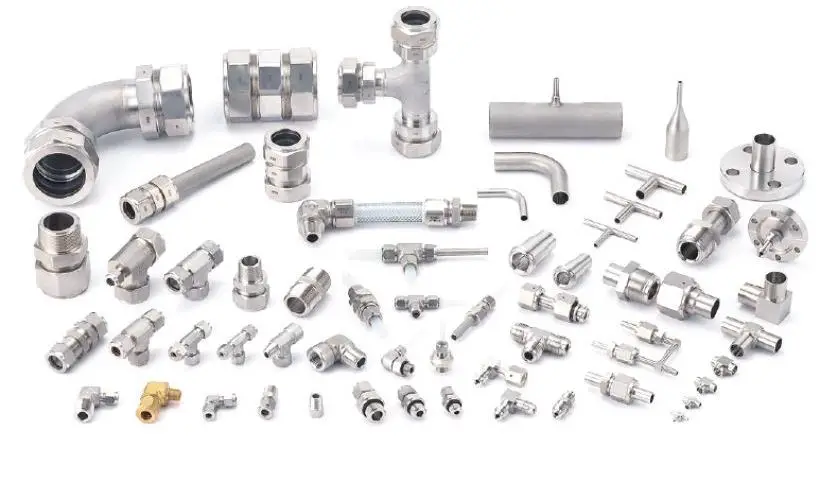
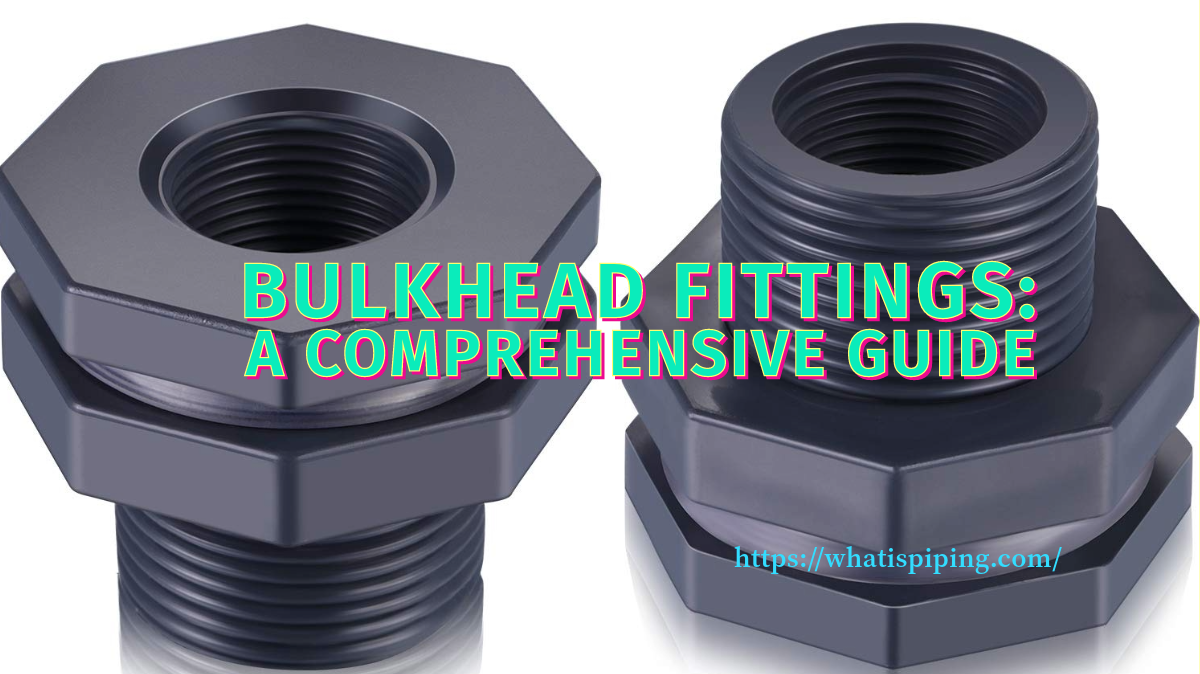

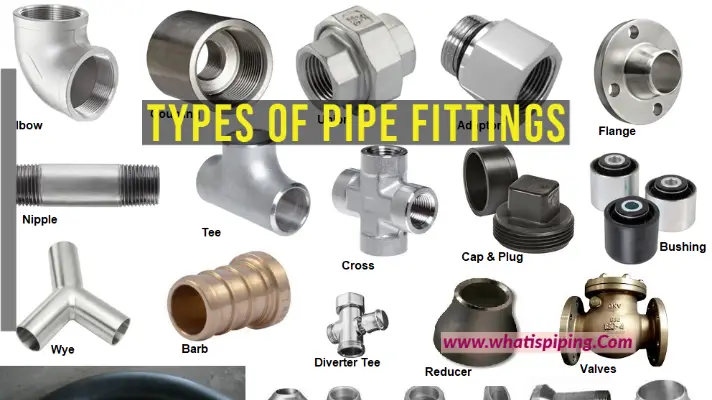

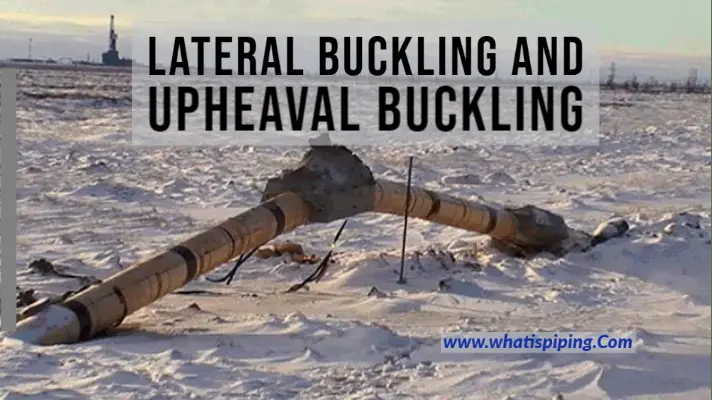

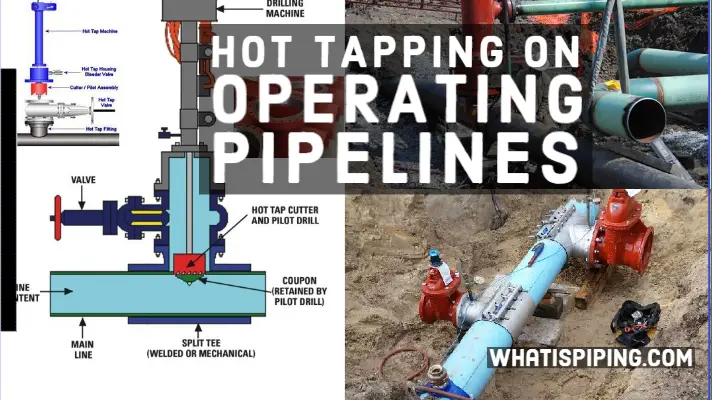
One question that comes up regarding a lateral tee is “why not use a regular tee, a regular tee is a stronger fitting”. We typically use tee-wye fittings due to the reduced loss compared to tee fittings when running fluid from the lateral into the main line. Some people don’t think the losses of a tee over a tee-wye is significant enough to warrant using the tee-wye. Thoughts?